 Ten thousand years ago, …a great migration was triggered in North America: trees began travelling northward, colonizing newly thawed landscapes at a pace of up to 500 metres a year. …When paleoecologists started piecing this arrival story together in the middle of the 20th century, they were astounded — and confounded — by the speed of its advance. …Today, these theories are getting renewed attention. After 10,000 years of relative stability, the climate is heating up again — Canada’s permafrost line has already shifted 120 kilometres northward in the past 50 years. At those latitudes, however, it isn’t trees that spring up so much as shrubs. And with the Earth now warming 50 times faster than at the dawn of the Holocene, the forest isn’t marching north; it’s imploding from within, pummelled by drought, fire, pests and disease, whose impacts are all exacerbated by a logging industry that levels nearly 750,000 hectares of timber per year.
Ten thousand years ago, …a great migration was triggered in North America: trees began travelling northward, colonizing newly thawed landscapes at a pace of up to 500 metres a year. …When paleoecologists started piecing this arrival story together in the middle of the 20th century, they were astounded — and confounded — by the speed of its advance. …Today, these theories are getting renewed attention. After 10,000 years of relative stability, the climate is heating up again — Canada’s permafrost line has already shifted 120 kilometres northward in the past 50 years. At those latitudes, however, it isn’t trees that spring up so much as shrubs. And with the Earth now warming 50 times faster than at the dawn of the Holocene, the forest isn’t marching north; it’s imploding from within, pummelled by drought, fire, pests and disease, whose impacts are all exacerbated by a logging industry that levels nearly 750,000 hectares of timber per year.
 FPInnovations has launched its latest knowledge transfer tool, the Tutorial on Best practices to ensure the quality of processed logs and data from the on-board computers. This learning tool brings together the wealth of useful information in one place in the form of videos, photos and simple examples on the following topics: Main components of processor and harvester heads: their purpose, inspection and maintenance; Operating modes of on-board computers and parameter adjustments; Concepts of error in diameter, length and volume as well as some of their causes; Control measurement methods. It is dedicated to all people who wish to apply best work practices to ensure the quality of processed logs and data from on-board computers including contractors, operators, supervisors, and training centres.
FPInnovations has launched its latest knowledge transfer tool, the Tutorial on Best practices to ensure the quality of processed logs and data from the on-board computers. This learning tool brings together the wealth of useful information in one place in the form of videos, photos and simple examples on the following topics: Main components of processor and harvester heads: their purpose, inspection and maintenance; Operating modes of on-board computers and parameter adjustments; Concepts of error in diameter, length and volume as well as some of their causes; Control measurement methods. It is dedicated to all people who wish to apply best work practices to ensure the quality of processed logs and data from on-board computers including contractors, operators, supervisors, and training centres.

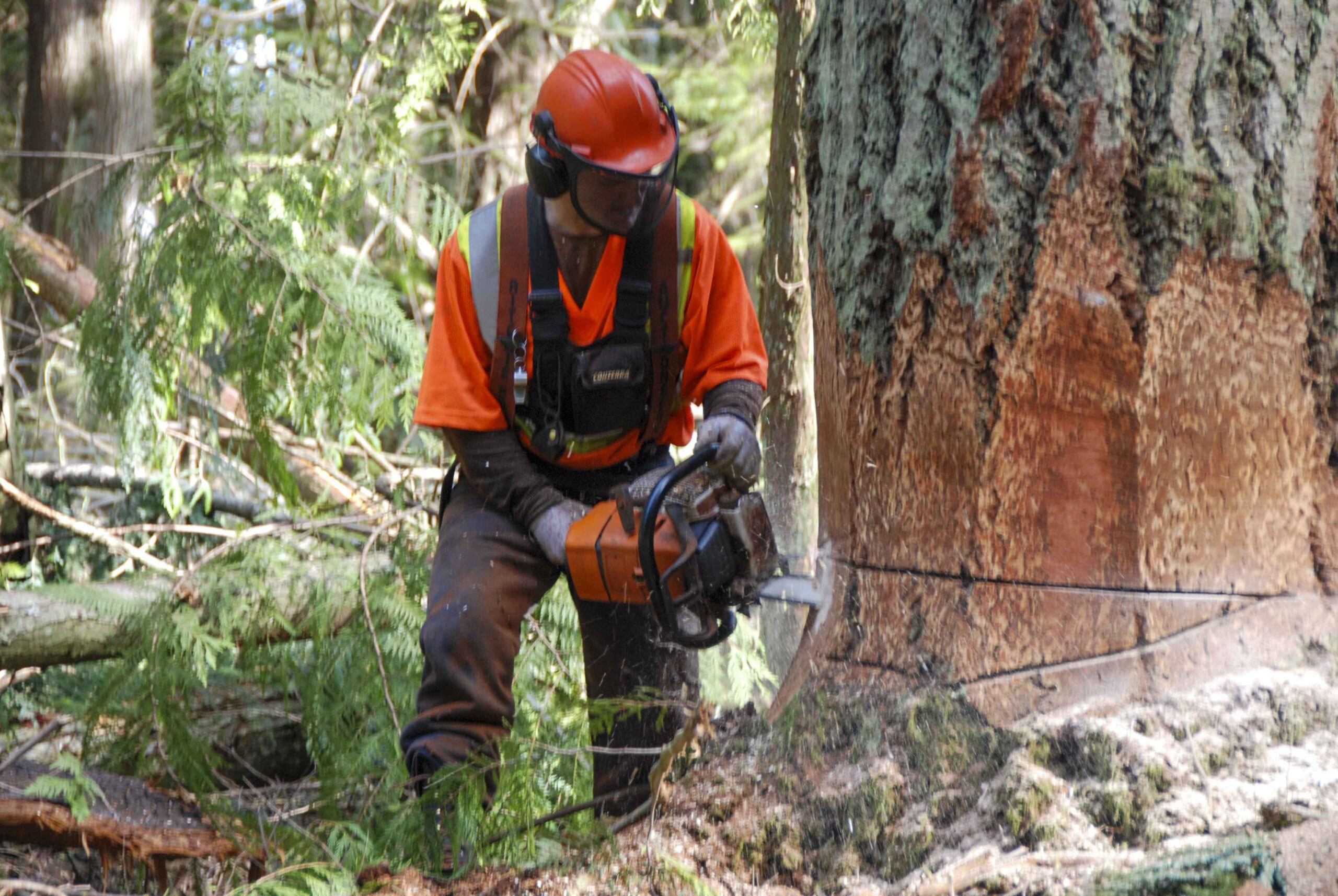 The new Annual Allowable Cut (AAC) for the Okanagan timber supply area will see a 20 per cent more tree harvest reduction. Deputy chief forester Shane Berg made the AAC 20 per cent reduction decision after considering the timber producing capacity of the forest, Indigenous interests and requirements for biodiversity, wildlife habitat, recreation resources and cultural values, according to Nigel McInnis, public affairs officer for the ministry of forests. Indigenous perspectives on the AAC were voiced by representatives of the Sylix nation. The impact of logging on the Okanagan is greater than simply economic, said Jesse Zeman, with the BC Wildlife Foundation. The timber harvest is a tool used to mitigate forest fire risk by thinning the canopy and removing dead stands. …The absence of logging means that implementing another fire-control strategy, controlled burns, is necessary to secure the health of Okanagan’s forests, said Zeman.
The new Annual Allowable Cut (AAC) for the Okanagan timber supply area will see a 20 per cent more tree harvest reduction. Deputy chief forester Shane Berg made the AAC 20 per cent reduction decision after considering the timber producing capacity of the forest, Indigenous interests and requirements for biodiversity, wildlife habitat, recreation resources and cultural values, according to Nigel McInnis, public affairs officer for the ministry of forests. Indigenous perspectives on the AAC were voiced by representatives of the Sylix nation. The impact of logging on the Okanagan is greater than simply economic, said Jesse Zeman, with the BC Wildlife Foundation. The timber harvest is a tool used to mitigate forest fire risk by thinning the canopy and removing dead stands. …The absence of logging means that implementing another fire-control strategy, controlled burns, is necessary to secure the health of Okanagan’s forests, said Zeman.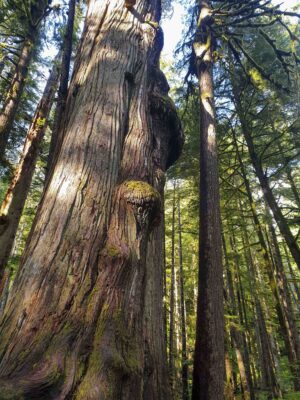 On Wednesday, the BC Supreme Court will review a request to drop charges against more than 300 Fairy Creek old-growth protesters. The proceeding is an application by the Crown to dismiss a Jan. 5 defence application for a stay of proceedings due to a pattern of misconduct by the RCMP. …Karen Mirsky, a lawyer for more than 20 protestors, who is also president of the BC Civil Liberties Association, says harsh RCMP tactics are not a case of one bad apple. She told the BC Supreme Court that “evidence is pointing to police misconduct …on a scale that suggests an Abuse of Process”—tactics her team says are not warranted by protestor behaviour. …Nanaimo lawyer Elisabeth Strain, who represents several of the Fairy Creek protesters, says the RCMP’s Civilian Review and Complaints Commission has started an investigation into complaints of police tactics at the site.
On Wednesday, the BC Supreme Court will review a request to drop charges against more than 300 Fairy Creek old-growth protesters. The proceeding is an application by the Crown to dismiss a Jan. 5 defence application for a stay of proceedings due to a pattern of misconduct by the RCMP. …Karen Mirsky, a lawyer for more than 20 protestors, who is also president of the BC Civil Liberties Association, says harsh RCMP tactics are not a case of one bad apple. She told the BC Supreme Court that “evidence is pointing to police misconduct …on a scale that suggests an Abuse of Process”—tactics her team says are not warranted by protestor behaviour. …Nanaimo lawyer Elisabeth Strain, who represents several of the Fairy Creek protesters, says the RCMP’s Civilian Review and Complaints Commission has started an investigation into complaints of police tactics at the site.
 The University of British Columbia Faculty of Forestry is exploring combining five of its degrees into one. …the faculty of forestry currently offers six different degree options. Each individual degree has varying majors, minors and specializations. Chiara Longhi, director of student services for the faculty of forestry, and Patrick Culbert, an associate professor of teaching, conducted a virtual town hall last month to consult with students on the proposal. The “one-degree initiative” would change the current structure from five degrees to six majors under one degree. Under the one-degree initiative, the only degree remaining unchanged would be the bachelor of urban forestry. If the proposal is supported, Culbert said the changes could take effect in fall 2023. The one degree would be a bachelor of sciences in natural resources, which would include five majors. Those options would be wood products processing, forest bioeconomy sciences and technology, forest sciences, natural resources conservation and forest resources management.
The University of British Columbia Faculty of Forestry is exploring combining five of its degrees into one. …the faculty of forestry currently offers six different degree options. Each individual degree has varying majors, minors and specializations. Chiara Longhi, director of student services for the faculty of forestry, and Patrick Culbert, an associate professor of teaching, conducted a virtual town hall last month to consult with students on the proposal. The “one-degree initiative” would change the current structure from five degrees to six majors under one degree. Under the one-degree initiative, the only degree remaining unchanged would be the bachelor of urban forestry. If the proposal is supported, Culbert said the changes could take effect in fall 2023. The one degree would be a bachelor of sciences in natural resources, which would include five majors. Those options would be wood products processing, forest bioeconomy sciences and technology, forest sciences, natural resources conservation and forest resources management.

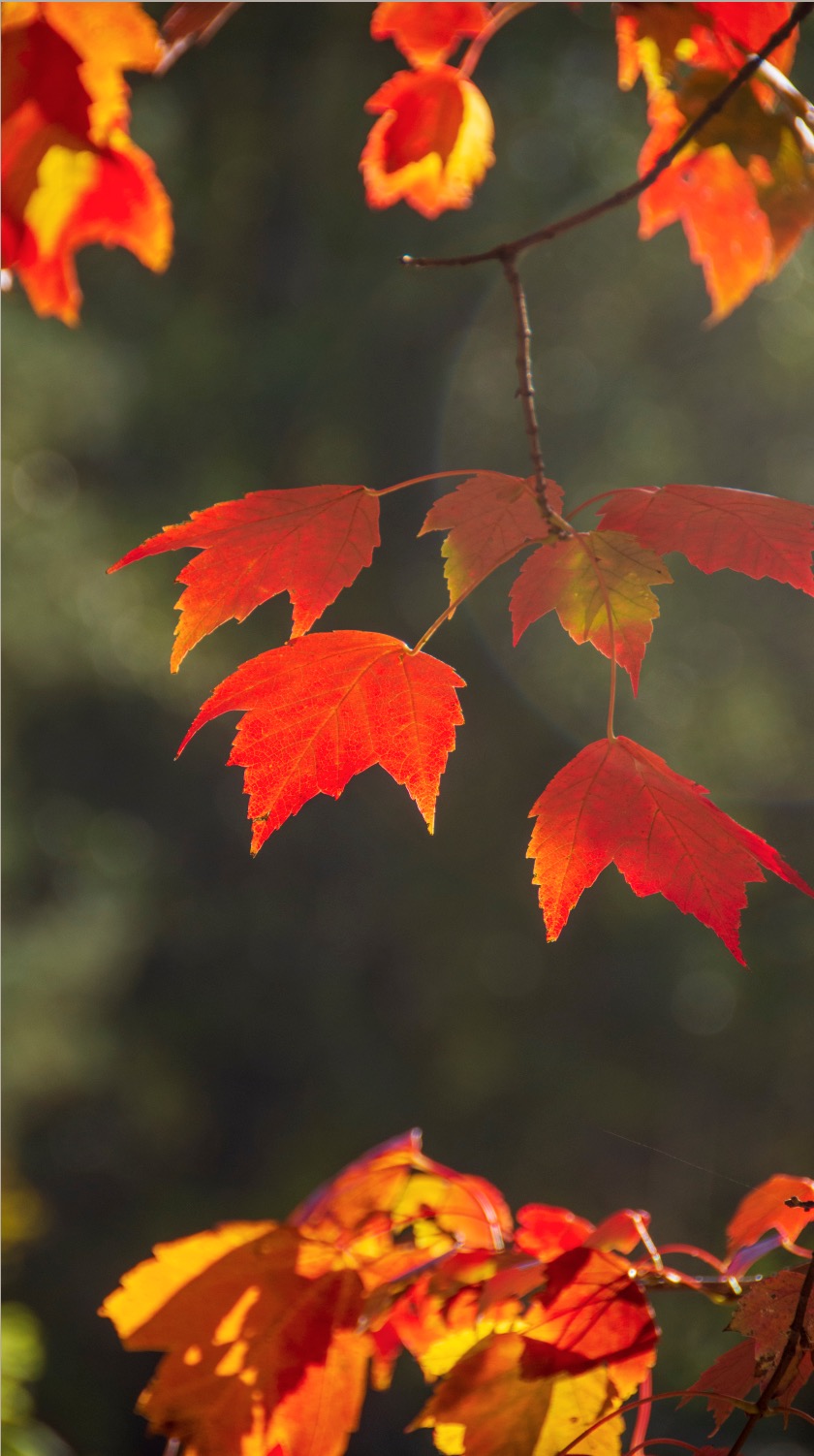 New Brunswick’s forestry industry is taking issue with a proposal from maple syrup producers demanding access to additional Crown lands. Forest N.B., the organization which represents forest products producers, argues the expansion could mean a loss of already limited timber for several major employers. Executive director Kim Allen said the campaign by syrup producers is spreading misinformation about the forest industry, which is already required to protect concentrations of maple trees under provincial policy. “We’re equally concerned about how hardwood will be allocated going into the future. It is a significant part of the forest sector in the province – upwards of 40 per cent,” she said. “We think there’s room for both, there’s room for coexistence.”
New Brunswick’s forestry industry is taking issue with a proposal from maple syrup producers demanding access to additional Crown lands. Forest N.B., the organization which represents forest products producers, argues the expansion could mean a loss of already limited timber for several major employers. Executive director Kim Allen said the campaign by syrup producers is spreading misinformation about the forest industry, which is already required to protect concentrations of maple trees under provincial policy. “We’re equally concerned about how hardwood will be allocated going into the future. It is a significant part of the forest sector in the province – upwards of 40 per cent,” she said. “We think there’s room for both, there’s room for coexistence.”

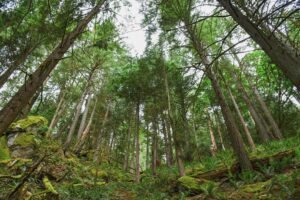 For decades, the majestic Elliott State Forest in southwest Oregon has been a battleground. …Protecting habitat for threatened species versus harvesting timber that supports rural communities. Preserving public ownership versus vesting tribes with greater stewardship of the land. Prioritizing conservation versus maximizing the forest’s revenue to help fund schools as it was originally obligated to do. With lawsuits, protests and a near sale of the forest, it seemed the Elliott might never escape the controversy and acrimony that has defined it in recent years. But thanks to leadership by the State Land Board and three years of intense effort by a committed stakeholder group, Oregon legislators can notch a rare and significant victory by passing Senate Bill 1546-1. The legislation lays out a compromise plan developed by the group that turns the Elliott into a publicly-owned research forest with limited timber harvesting and protected acreage for wildlife.
For decades, the majestic Elliott State Forest in southwest Oregon has been a battleground. …Protecting habitat for threatened species versus harvesting timber that supports rural communities. Preserving public ownership versus vesting tribes with greater stewardship of the land. Prioritizing conservation versus maximizing the forest’s revenue to help fund schools as it was originally obligated to do. With lawsuits, protests and a near sale of the forest, it seemed the Elliott might never escape the controversy and acrimony that has defined it in recent years. But thanks to leadership by the State Land Board and three years of intense effort by a committed stakeholder group, Oregon legislators can notch a rare and significant victory by passing Senate Bill 1546-1. The legislation lays out a compromise plan developed by the group that turns the Elliott into a publicly-owned research forest with limited timber harvesting and protected acreage for wildlife. 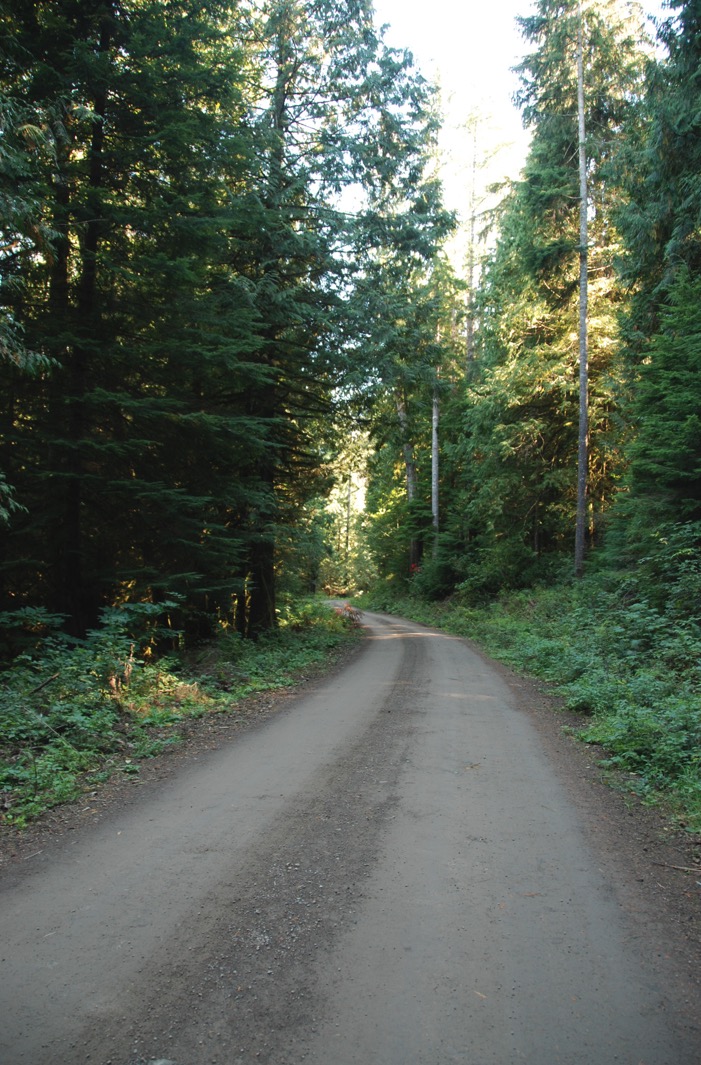 The yearslong saga over the fate of Oregon’s Elliott State Forest may soon come to a close. During this year’s short legislative session, Oregon state lawmakers are considering a
The yearslong saga over the fate of Oregon’s Elliott State Forest may soon come to a close. During this year’s short legislative session, Oregon state lawmakers are considering a 
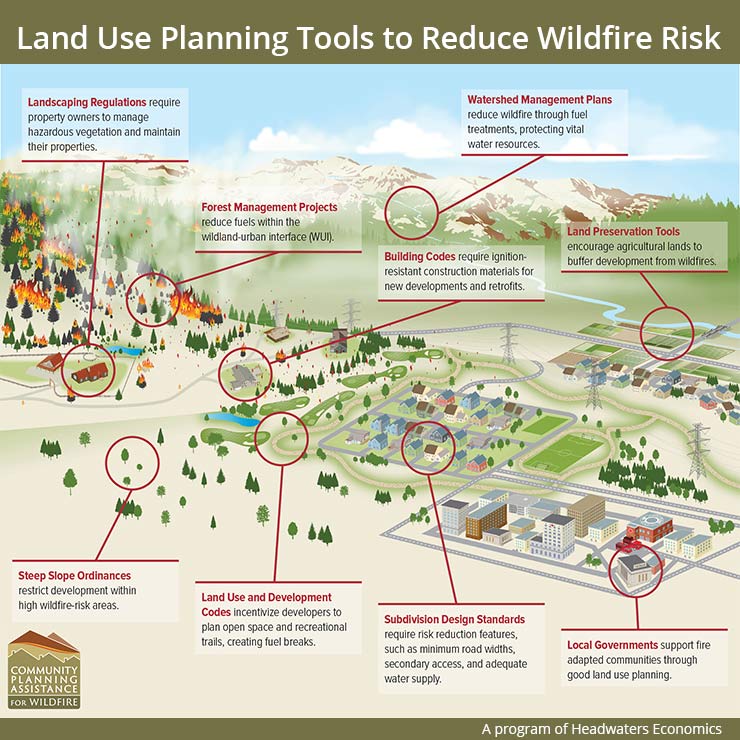


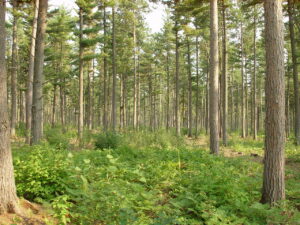 Conservation groups from across the nation today called on the Council for Environmental Quality (CEQ) to end an emerging practice by the Forest Service that upends the bedrock environmental law requiring agencies to “look before they leap” when making decisions that could harm the environment. Under the National Environmental Policy Act (NEPA), agencies must analyze and disclose to the public the impacts to individual streams, hillsides, forest stands, habitats, and other values before approving logging and road building. In a letter signed by 94 organizations, the groups describe an unlawful but growing practice by the U.S. Forest Service … in which agencies put off evaluating or disclosing the “where,” “when,” and “how” of logging projects until long after the agency has approved them. This makes it impossible for the public or agency decision-makers to understand how our public lands will be affected until it’s too late.
Conservation groups from across the nation today called on the Council for Environmental Quality (CEQ) to end an emerging practice by the Forest Service that upends the bedrock environmental law requiring agencies to “look before they leap” when making decisions that could harm the environment. Under the National Environmental Policy Act (NEPA), agencies must analyze and disclose to the public the impacts to individual streams, hillsides, forest stands, habitats, and other values before approving logging and road building. In a letter signed by 94 organizations, the groups describe an unlawful but growing practice by the U.S. Forest Service … in which agencies put off evaluating or disclosing the “where,” “when,” and “how” of logging projects until long after the agency has approved them. This makes it impossible for the public or agency decision-makers to understand how our public lands will be affected until it’s too late.

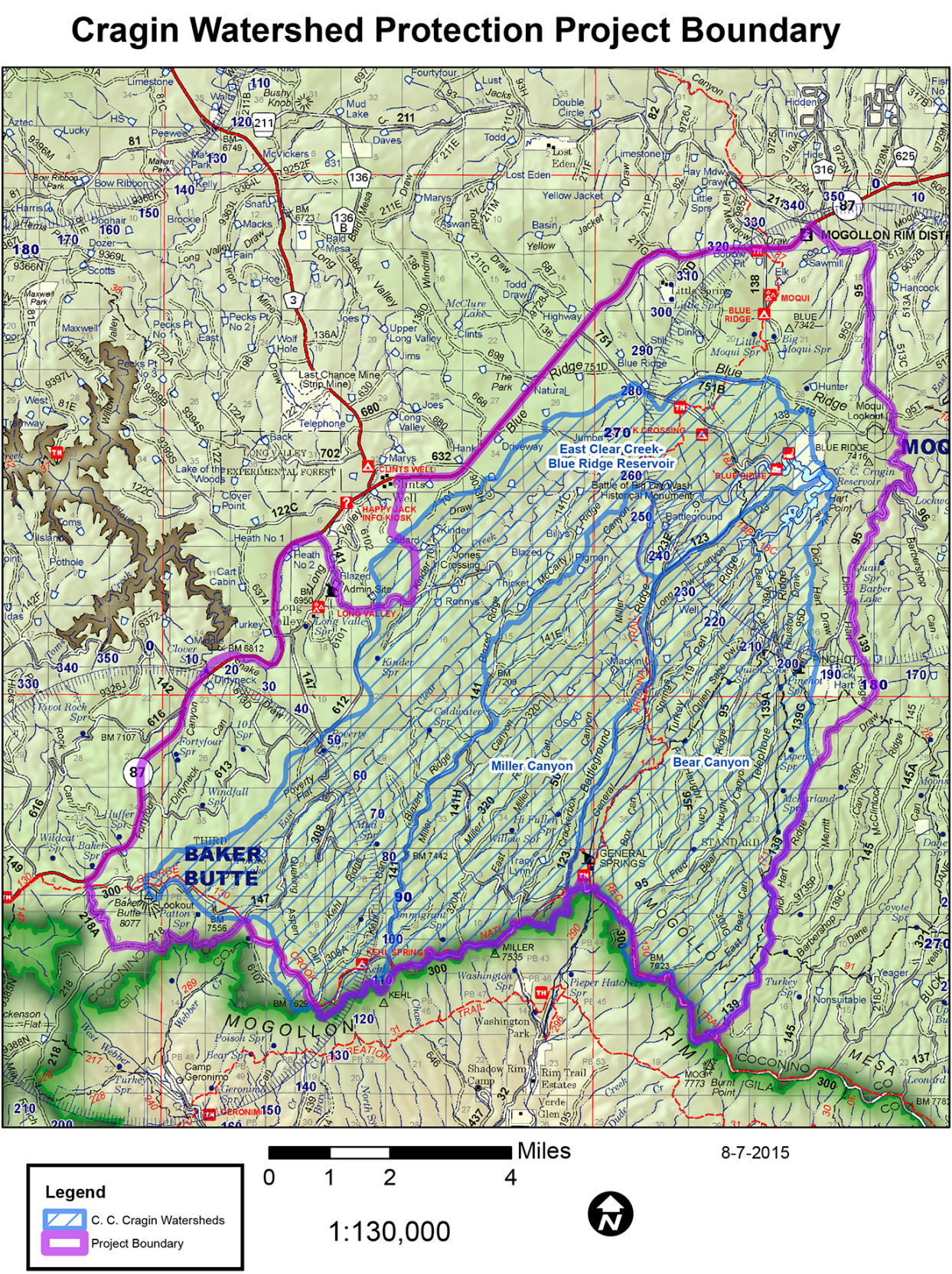

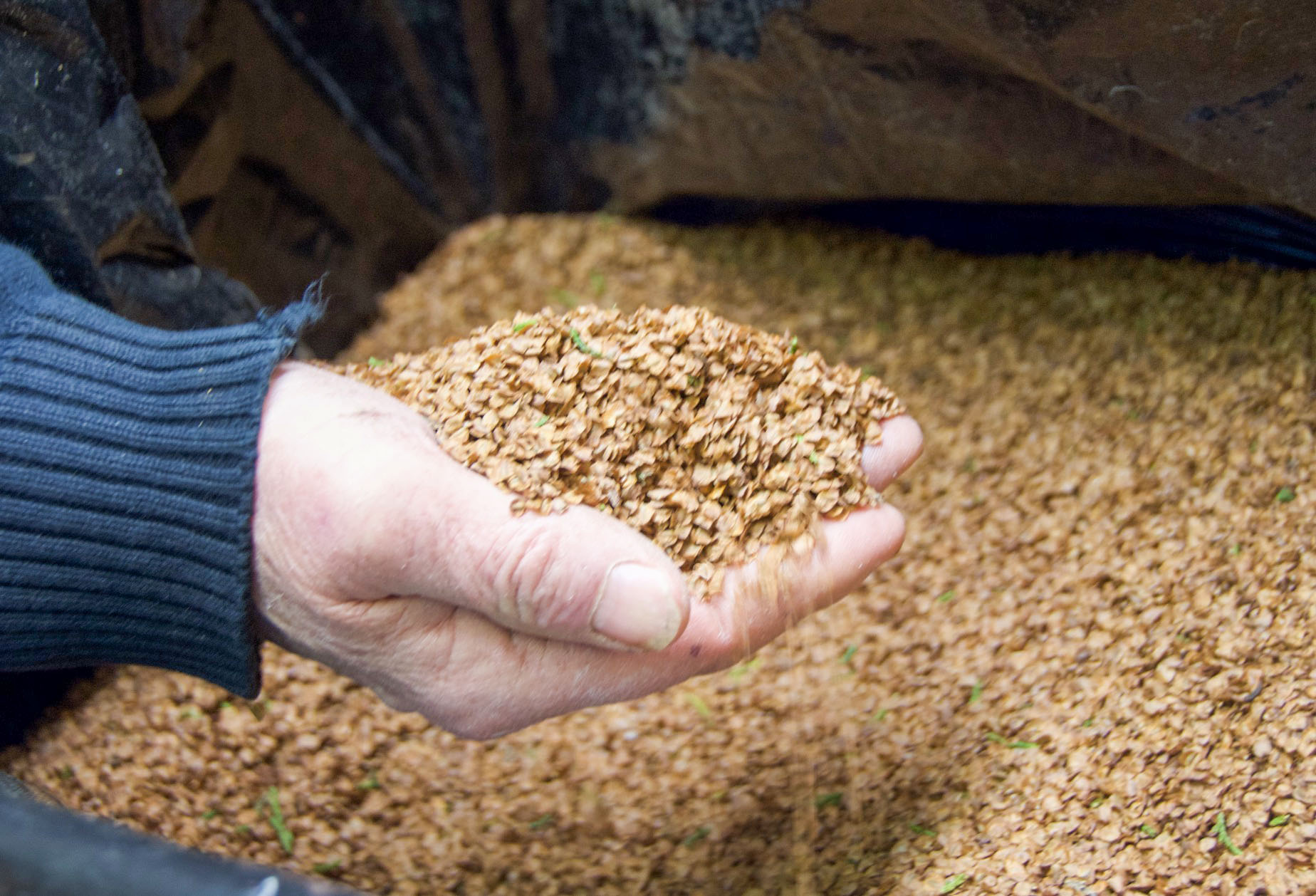 Nearly half of Washington state is forested. That’s 22 million acres of Douglas firs, red alders, western hemlock, and ponderosa pine, to name a few. But as wildfires grow in size and regularity, those millions of acres are going up in flames. Normally, there’s an ecosystem of public and private tree nurseries that reseed our forests. But a seed shortage now threatens their future. …The Webster State Forest Nursery looks as you’d imagine it — acres of young tree seedlings poking through the mud, rows of greenhouses brimming with new forest life. …”We’re producing 8 to 9 million trees a year,” said nursery manager Brian Morris. …Nine million might sound like a big number, but as wildfires grow, it’s beginning to look smaller and smaller.
Nearly half of Washington state is forested. That’s 22 million acres of Douglas firs, red alders, western hemlock, and ponderosa pine, to name a few. But as wildfires grow in size and regularity, those millions of acres are going up in flames. Normally, there’s an ecosystem of public and private tree nurseries that reseed our forests. But a seed shortage now threatens their future. …The Webster State Forest Nursery looks as you’d imagine it — acres of young tree seedlings poking through the mud, rows of greenhouses brimming with new forest life. …”We’re producing 8 to 9 million trees a year,” said nursery manager Brian Morris. …Nine million might sound like a big number, but as wildfires grow, it’s beginning to look smaller and smaller. 



 To slow climate change and restore dwindling wildlife populations, the UK government aims to plant enough trees to expand the country’s woodland cover from 13% to 20% by 2050. Creating healthy woodlands on this scale is an enormous challenge, but forestry experts have developed guidance which, if followed, ought to give these new habitats the greatest chance of success. …Despite containing detailed plans …there is a glaring omission in much of the new tree planting policy. For example, in the UK government’s
To slow climate change and restore dwindling wildlife populations, the UK government aims to plant enough trees to expand the country’s woodland cover from 13% to 20% by 2050. Creating healthy woodlands on this scale is an enormous challenge, but forestry experts have developed guidance which, if followed, ought to give these new habitats the greatest chance of success. …Despite containing detailed plans …there is a glaring omission in much of the new tree planting policy. For example, in the UK government’s 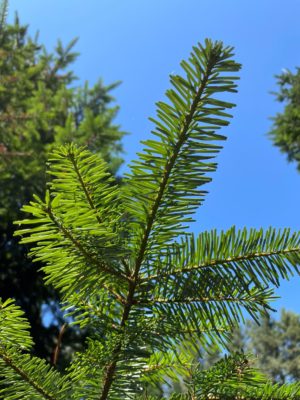 Robyn Haugh, CEO of Project Crimson Trust/Trees That Count, is delighted to hear strong support for native trees from the Minister for Forestry: but believes a shift in the way we see native forests will bring even greater benefits for New Zealand. ‘Right tree, right place’ is an adage for a reason. It effectively communicates the need for tree planting to be a considered, ecologically based process, rather than a token gesture. … The Minister is also correct in placing the mandate to ensure that tree planting is carried out in an ecologically responsible way … Government incentivisation of the right forestry options for landowners is critical in ensuring that individuals are equipped to make the right decisions for New Zealand. … The Minister suggests that land suited for production forestry should be planted in radiata, Douglas fir or redwood. But what about our native species …?
Robyn Haugh, CEO of Project Crimson Trust/Trees That Count, is delighted to hear strong support for native trees from the Minister for Forestry: but believes a shift in the way we see native forests will bring even greater benefits for New Zealand. ‘Right tree, right place’ is an adage for a reason. It effectively communicates the need for tree planting to be a considered, ecologically based process, rather than a token gesture. … The Minister is also correct in placing the mandate to ensure that tree planting is carried out in an ecologically responsible way … Government incentivisation of the right forestry options for landowners is critical in ensuring that individuals are equipped to make the right decisions for New Zealand. … The Minister suggests that land suited for production forestry should be planted in radiata, Douglas fir or redwood. But what about our native species …?
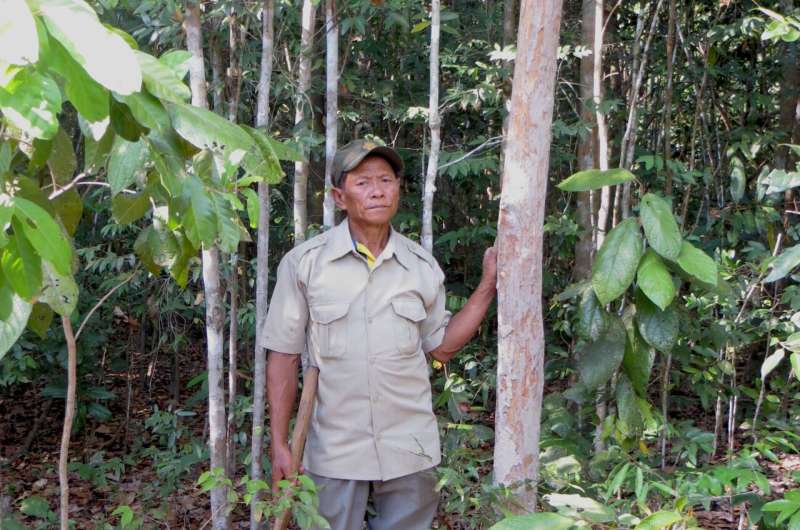



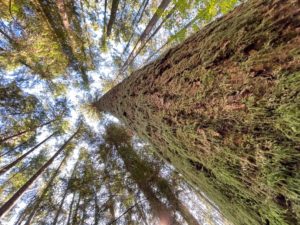 Researchers have unveiled the world’s largest forest database, comprising more than 44 million individual trees at more than 100,000 sites in 90 countries – helping them to calculate that Earth boasts roughly 73,300 tree species. That figure is about 14 per cent higher than previous estimates. Of that total, about 9200 are estimated to exist based on statistical modelling but have not yet been identified by science, with a large proportion of these growing in South America, the researchers said. …Trees and forests are much more than mere oxygen producers, said Roberto Cazzolla Gatti, at the University of Bologna in Italy and lead author of the study published in the journal Proceedings of the National Academy of Sciences. …This study did not tally the total number of individual trees globally, but 2015 research led by one of the co-authors put that figure at about 3 trillion.
Researchers have unveiled the world’s largest forest database, comprising more than 44 million individual trees at more than 100,000 sites in 90 countries – helping them to calculate that Earth boasts roughly 73,300 tree species. That figure is about 14 per cent higher than previous estimates. Of that total, about 9200 are estimated to exist based on statistical modelling but have not yet been identified by science, with a large proportion of these growing in South America, the researchers said. …Trees and forests are much more than mere oxygen producers, said Roberto Cazzolla Gatti, at the University of Bologna in Italy and lead author of the study published in the journal Proceedings of the National Academy of Sciences. …This study did not tally the total number of individual trees globally, but 2015 research led by one of the co-authors put that figure at about 3 trillion.